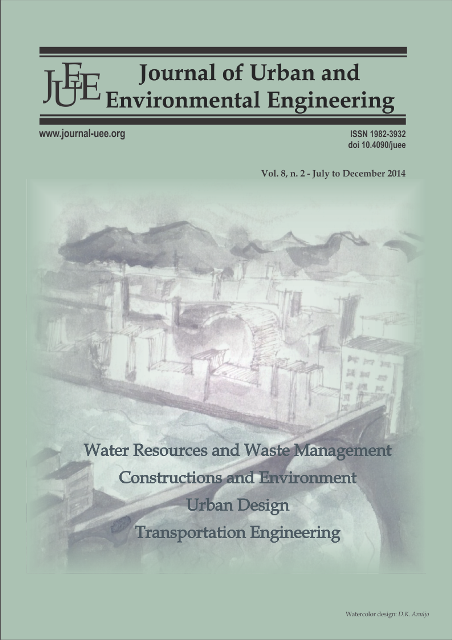STATISTICAL APPROACHES VERSUS WEATHER GENERATOR TO DOWNSCALE RCM OUTPUTS TO POINT SCALE: A COMPARISON OF PERFORMANCES
DOI:
https://doi.org/10.4090/juee.2014.v8n2.142-154Keywords:
climate changes, bias correction, quantile mapping, weather generator, geo-hydrological impacts, slope stability, regional climate models, soil surface hydrological budgetAbstract
To properly evaluate weather variables regulating the occurrence of geo-hydrological hazards, the current constraints of climate models imply the need of adopting statistical approaches in cascade to GCM/RCM for the assessment of the potential variations associated to climate changes. Since, in the last years, several approaches, often freely available, have been proposed and applied to investigate various hazards in different geographical areas and geomorphological contexts, a deeper understanding about their performances and constraints is crucial; in the work, it is carried out focusing the attention on two kind of approaches widely adopted in impact studies: bias correction methods(in particular, quantile mapping tools) and weather generators. Both methodology have been applied to outputs of an high resolution RCM simulation carried out on Italian territory for analyzing two very localized (and then challenging) landslide case studies. Beyond an assessment about relative performances in reproducing weather variables on the areas, the goal concerns an increasing awareness about how these approaches could affect the climate signal, physically detected by RCM, not only in outputs weather variables but also in derived components of soil surface budgets strictly governing the occurrence of landslide phenomena.Downloads
Download data is not yet available.
Downloads
Published
2015-09-20
Issue
Section
Articles




